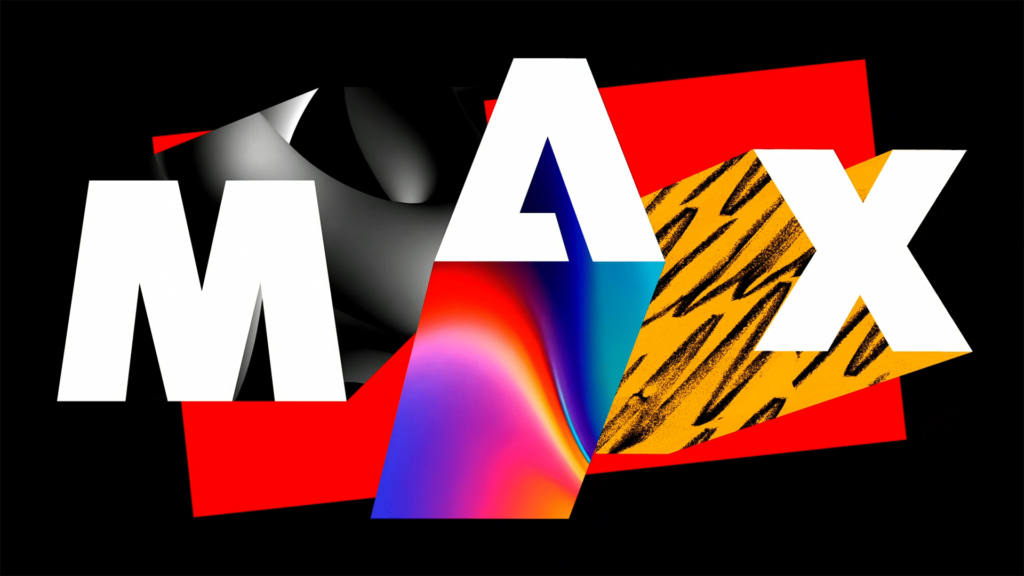
Adobe MAX 2025, held in Los Angeles, marked a significant shift towards enterprise-grade creativity, unveiling a suite of new tools and integrations designed to streamline content creation, management, and delivery across the Adobe Platform. This year’s conference emphasized Adobe’s commitment to becoming a central hub for AI-powered creativity, drawing upon partnerships with tech giants like Google and OpenAI.
Among the standout announcements were enhancements to Adobe’s Firefly platform, which now integrates advanced AI models, and the introduction of Firefly Foundry, a service enabling global enterprises such as Disney and Home Depot to develop brand-specific AI models through managed, multi-year engagements. Additionally, Adobe launched Project Moonlight, an AI assistant for planning and social analytics, and Project Graph, a node-based creative workflow builder. The event also saw the debut of Premiere Pro Mobile, featuring Firefly capabilities, and a new partnership with Google/YouTube.
Major Product Launches and AI Integration
The enhancements across Adobe’s Creative Cloud were highlighted by the integration of leading AI models from partners like Google and OpenAI, positioning Adobe as a pivotal player in AI-driven creativity. Adobe Express received a notable upgrade with a new AI assistant that facilitates conversational editing and content creation, offering users the ability to “prompt anything and edit everything” with AI context understanding and creative control.
Enterprise Solutions and Custom Models
Adobe’s introduction of Firefly Foundry marks a significant enterprise play, providing a fully managed service for large enterprises to build custom AI models. This service goes beyond existing custom models by offering dedicated teams of PhD experts and multi-year engagements for complex brand-specific AI implementations. Companies like Disney and Home Depot are already leveraging this service, according to Adobe. The expansion of Adobe GenStudio to include comprehensive enterprise content supply chain capabilities further connects workflow planning, creation, production, asset management, and delivery at scale.
New Workflow Tools
Adobe announced two new workflow tools: Project Moonlight and Project Graph. Project Moonlight serves as an AI assistant that aids creators in brainstorming, organizing, and planning content while connecting directly to social media platforms for performance analytics. It seamlessly integrates across Adobe’s ecosystem, applying Lightroom presets automatically. Meanwhile, Project Graph allows users to create, share, and remix composable creative workflows, enabling the mixing of various creative tools and AI models into reusable “capsules” for team sharing.
Content Authenticity and Governance
In response to growing regulatory requirements like the EU AI Act and California laws on AI transparency, Adobe expanded its Content Authenticity Initiative, introducing a conformance program involving over 50 products to ensure interoperability of content provenance standards. This move underscores Adobe’s leadership in AI transparency and governance, positioning it as a trusted choice for enterprises navigating new regulatory landscapes.
Pricing and Business Model Evolution
Adobe is transitioning to a consumption-based model with generative credits as the “currency” for AI features. Each Creative Cloud subscription includes base-level generative rights, with additional credit packs available for purchase. The company is refining pricing for more complex video and audio generation, reflecting the evolving nature of AI-driven creative processes.
Technical Infrastructure and Strategic Positioning
Adobe is investing heavily in both cloud-based large models and on-device small models, collaborating with hardware vendors like Qualcomm and NVIDIA to optimize AI inference on devices while maintaining robust cloud infrastructure for complex operations. This dual approach ensures Adobe’s AI capabilities remain cutting-edge and accessible across various platforms.
Strategically, Adobe has positioned itself as uniquely capable of managing the entire “surface area of creativity and marketing,” evolving beyond a tools vendor to a strategic partner for enterprises undergoing digital transformation. However, the need to purchase multiple applications for full functionality remains a challenge for budget-constrained organizations. Adobe’s mission will be to create friction-free pathways to full platform adoption while highlighting the benefits of a comprehensive Adobe platform.
What to Watch
As Adobe continues to develop its platform strategy, the balance between end-to-end solutions and growing enterprise demand for interoperability will be crucial. Competitors offering open ecosystems and modular pricing may capitalize if Adobe’s suite approach becomes too rigid or costly for mid-market buyers. Additionally, expect an acceleration of standards and certifications around AI transparency and content provenance, with vendors operationalizing compliance gaining an edge in regulated industries.
Adobe MAX 2025 has set a new benchmark for enterprise creativity, with its platform approach poised to resonate with organizations seeking comprehensive, AI-driven solutions. As content generation becomes commoditized, the focus will shift to activation and measurable impact, with vendors that can unify content creation, distribution, and performance analytics within a single, brand-safe environment emerging as leaders in enterprise value.
For further details, you can explore the full complement of Adobe MAX press releases on the company’s website.
Disclosure: Futurum is a research and advisory firm that engages or has engaged in research, analysis, and advisory services with many technology companies, including those mentioned in this article. The author does not hold any equity positions with any company mentioned in this article. Analysis and opinions expressed herein are specific to the analyst individually and data and other information that might have been provided for validation, not those of Futurum as a whole.
Other insights from Futurum include Adobe’s Q3 FY 2025 results, which beat estimates, and the launch of Acrobat Studio, bringing AI to PDFs. Image credit: Adobe.







